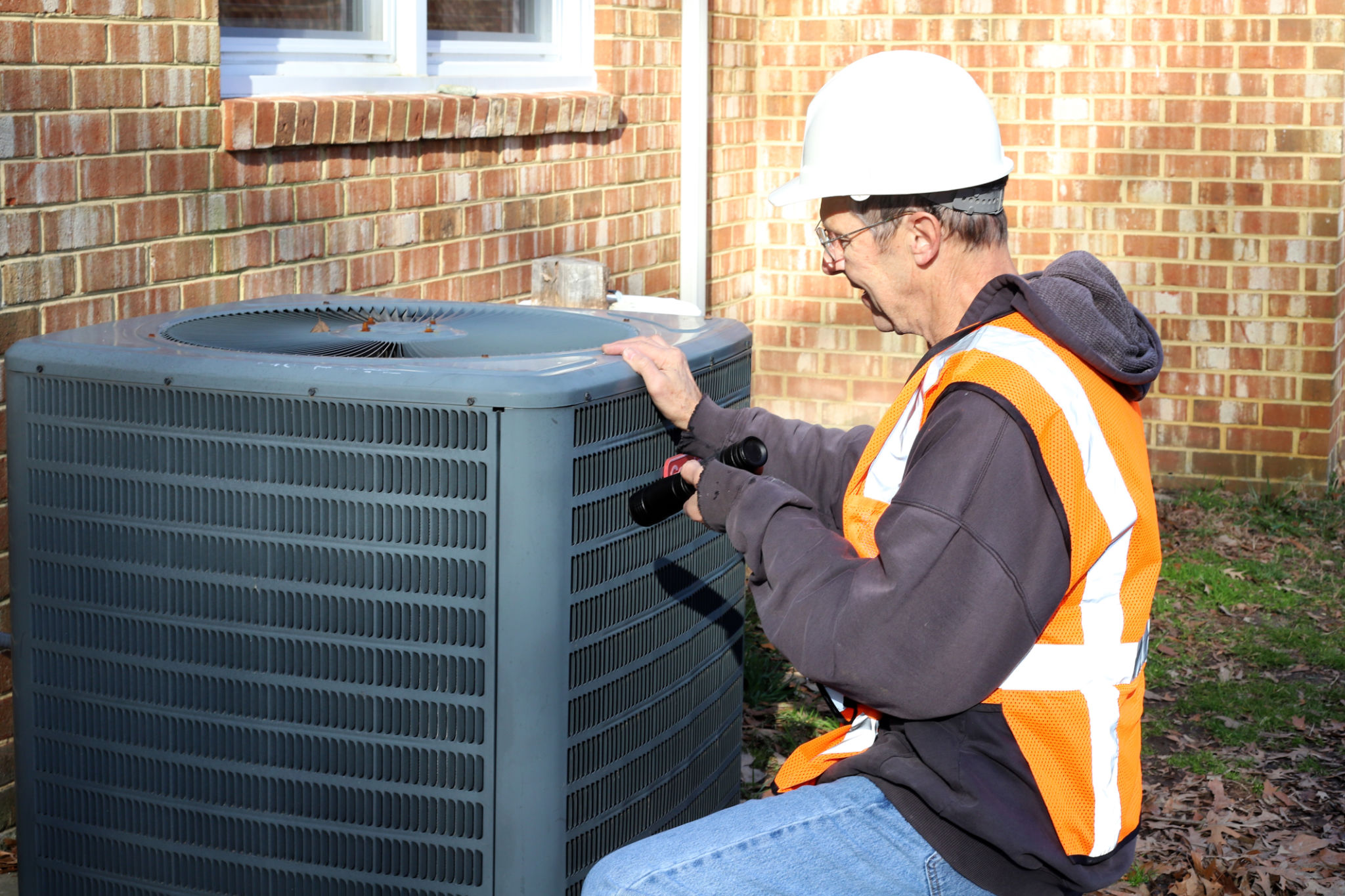How to Prepare Your HVAC System for Texas Spring Weather
Understanding the Texas Spring Climate
As Texas transitions from the chilly winter months to the warmer days of spring, your HVAC system becomes crucial in maintaining indoor comfort. The fluctuating temperatures, often unpredictable during this time of year, demand a system that is both efficient and reliable. Preparing your HVAC unit for the seasonal change is not just about comfort—it's about ensuring energy efficiency and prolonging the life of your system.

Conduct a Thorough Inspection
Begin with a comprehensive inspection of your HVAC system. Look for any obvious signs of wear and tear, such as rust, leaks, or unusual noises. These can indicate underlying issues that may need professional attention. It's also a good idea to check your thermostat settings to ensure they're appropriate for the season.
Check Your Air Filters
A vital part of HVAC maintenance involves regularly replacing or cleaning your air filters. In Texas, where dust and pollen are common, clogged filters can reduce airflow and make your system work harder than necessary. Aim to replace filters every 1-3 months, especially during high pollen seasons.
Clean and Clear Outdoor Units
The outdoor component of your HVAC system requires particular attention as it can accumulate debris over time. Ensure that leaves, dirt, and other obstructions are cleared away to allow free airflow. This simple step can significantly enhance system efficiency and prevent overheating.

Inspect Ductwork
Leaky or blocked ducts can substantially reduce the efficiency of your HVAC system. Check for any visible damages or loose connections in your ductwork. Sealing leaks can improve airflow and ensure that your home stays at a consistent temperature without overworking the system.
- Check for visible damages.
- Seal any leaks or loose connections.
- Consider professional duct cleaning if necessary.
Schedule Professional Maintenance
While some tasks can be handled independently, scheduling a professional HVAC maintenance service is always a wise investment. Experts can perform detailed diagnostics, clean components that are difficult to reach, and identify potential problems before they escalate.

Test Your System
Once you've completed the necessary inspections and maintenance tasks, test your HVAC system to ensure it's operating correctly. Turn on the cooling function and let it run for a while. Monitor how quickly it cools your home and listen for any unusual noises.
Stay Ahead with Smart Technology
Consider leveraging smart technology to optimize your HVAC system's performance. Smart thermostats can help you maintain efficient temperature control by learning your habits and adjusting settings automatically. This not only enhances comfort but also reduces energy consumption over time.
By taking these steps to prepare your HVAC system for Texas spring weather, you ensure a comfortable transition into warmer months while promoting energy efficiency and extending the life of your system. Remember, regular maintenance is key to preventing unexpected breakdowns and ensuring optimal performance year-round.
